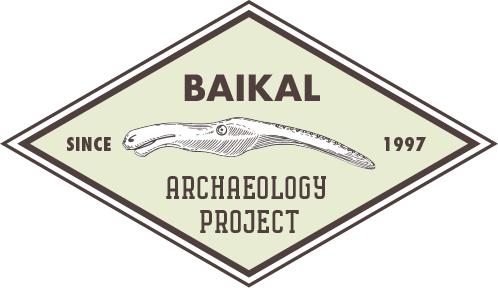Great news! Our second (condensed) monograph on the EN Shamanka II cemetery has been published and is accessible in digital format via our website
Details below:
Irkutsk State University 2025
Mortuary Variation at the Early Neolithic Hunter-Gatherer Cemetery Shamanka II on Lake Baikal
Weber AW, Bazaliiskii VI, Jessup E (Eds.)
In this version of the monograph on the Shamanka II cemetery the focus is on chronology, dietary patterns, and variation in Kitoi mortuary practices. Chapter 1 gives background archaeological information relevant to the analytical chapters, reviews the history of fieldwork at Shamanka II, and presents excavation methods. Chapter 2 explores cemetery chronology, its history of use, and dietary patterns based on extensive radiocarbon and stable isotope data. Chapter 3 presents the approach to the examination of variation in mortuary practices. Results of this examination (including the chronology and spatial organization of mortuary features; the position, orientation and integrity of skeletal remains; manifestations of post-disposal mortuary activities as well as the distribution of grave goods) are presented in Chapters 4–6. The faunal remains recovered from the graves are examined in Chapter 7. Chapter 8 is a summary of these studies and assesses how the findings contribute to a more complete knowledge about the history of the Kitoi cultural pattern in Cis-Baikal. The Conclusion provides additional comments about the general archaeological importance of the Shamanka II cemetery and offers a few ideas for future research. The Addendum summarizes all radiocarbon and stable isotope results obtained for Burial 42.02.
The book will be of interest to broad readership — scholars and students — engaged in Holocene hunter-gatherer prehistory of Siberia, northern Eurasia, and even beyond. It provides wealth of data for comparative examination with such “classic” and well-known cemeteries as Olenii Ostrov in Karelia, Zvejnieki in Latvia, Skateholm and Vedbæk in southern Scandinavia, and Téviec and Hoëdic in Britanny. The book can be used as a textbook for university classes on hunter-gather mortuary archaeology including excavation techniques, data collection and approaches to data analysis.
Congratulations to all the authors and cover artist!


